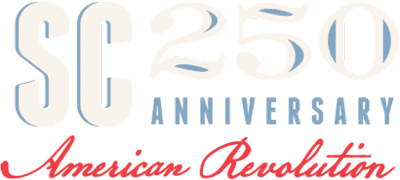Get Ready for The Tourist
- Ready or not, here come the tourists. The State of South Carolina and South Caroline Parks, Recreation, and Tourism are working together to promote South Carolina and its significant contribution to the American Revolutionary War. SC has tapped the members of the SC 250th Commission to guide these efforts, suggest ways the state could preserve its history, and coordinate with local groups to create a celebration of South Carolina and its 250th birthday.
- As part of the state’s efforts, tourism promotion around revolutionary war sites, characters, events, and artifacts will play a big role. That means the tourists will be looking for unique locations and drawn away from the major tourist sites in the state to explore smaller towns and byways.
- The economic impact is the quantifiable and unquantifiable financial effect that is felt when there is a change or during a situation. In this case, it would be the financial effects to the local economy of an increase in tourists passing through the area.
- The direct economic impact is from the direct transactions between the tourist and the host economy. This would be meals served at local restaurants, nights spent in hotels, gas purchased, souvenirs bought, and parking fees paid directly by visitors to the area.
- The indirect economic impact is the secondary impact of these transactions, where the local businesses are purchasing the supplies they need to support the tourists from other local businesses, passing the effect of the tourist dollar along the chain of the local economy.
- The induced economic impact is the increased personal income that results from direct and indirect spending. The increased payroll and the profits that the business owners then spend in the local economy purchasing goods and services for their consumption.
- There are several models used to calculate economic impact and they can be as simple as what’s used below too complicated modeling of a whole economy.
- One simple model developed by the University of Indiana[1] to model the impact of event tourism requires you to estimate the average number of tourists, the average spend per tourist, and the economic multiplier (which is based on the local population and the estimated capture rate of the funds within the economy, typically between 60-70%).
- In addition to the financial impacts, increased economic activity also has a social impact, improving the quality of life in the local area, increasing local pride, and helping raise awareness of the importance of preserving local historical and cultural places.
[1] https://www.ibrc.indiana.edu/ibr/2015/spring/article1.html
